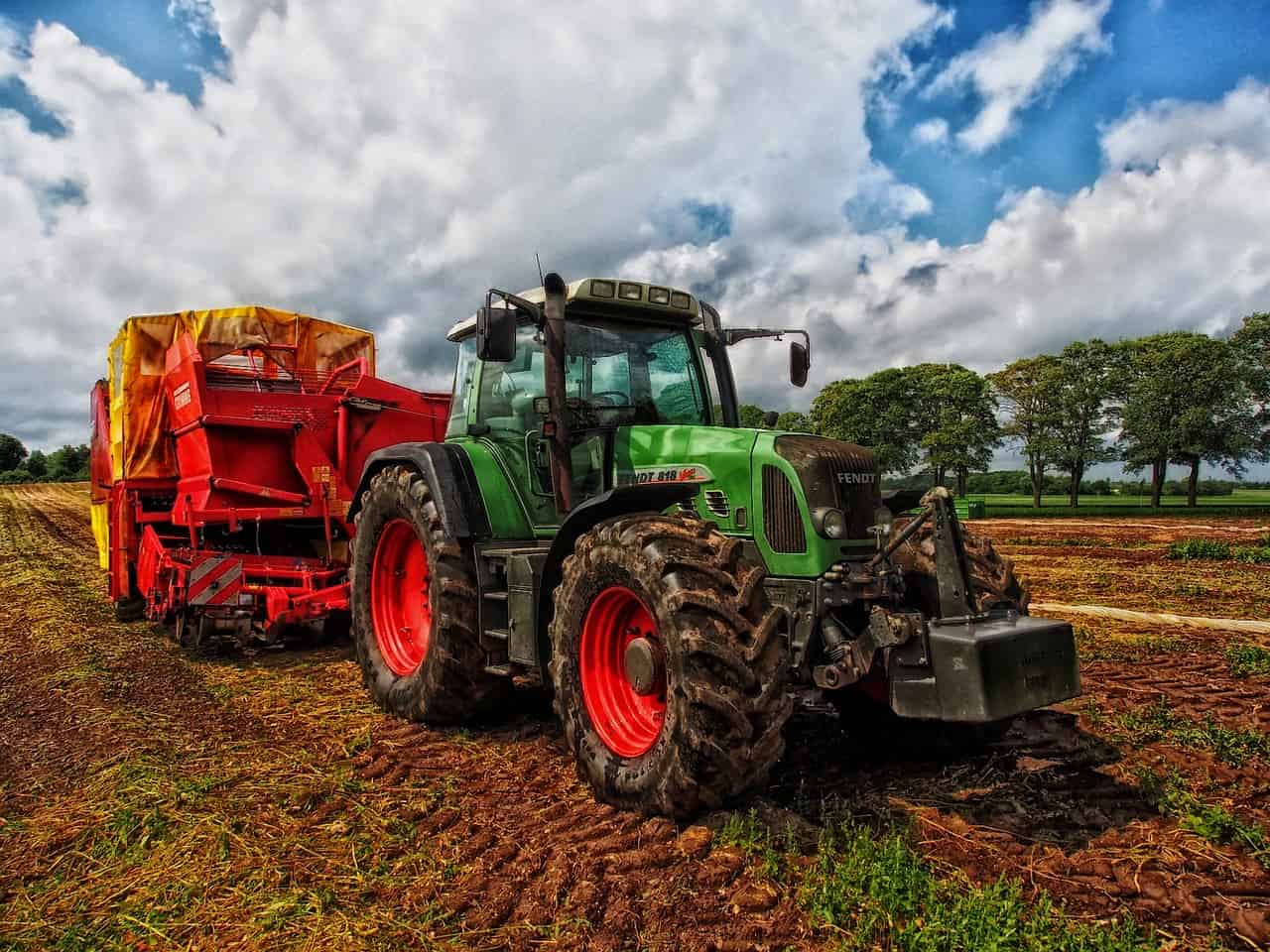
Dutch farmers can use their fertilisers more carefully. This not only leads to reduced ammonia emissions and improved water quality, but also to higher yields. This is evident from Wageningen University & Research (WUR)’s ‘Fertilise at its Best’ project, the university says in a (Dutch) press release.
- Farmers could use nitrogen in a more effective way.
- They must pay attention to barns, but there is also gain to be made on the land.
The project investigates innovations and better use of existing techniques to reduce ammonia emissions by 50%. The ammonia policy pays much attention to low-emission barns, but there are also gains to be made in manure application on land. WUR is currently investigating new practical application systems for usability and emission reduction. This research is ongoing. In addition, WUR has investigated how manure can be applied using existing techniques and reduced emissions, thus making better use of the nitrogen from the manure.

Five tips emerge from the project:
Reduce the contact surface of the manure with the atmosphere. This can be done by applying the manure in narrow slits in the soil. The slits should be no wider than 5 cm and the manure should not run over the edge.
Reduce the ammonium content in the manure. This can be done by reducing the protein content in the feed ration. Consult with the feed specialist about the optimal composition of the feed ration.
Avoid overlap at the headland and at plots with a geer (swampy area). Use GPS and section sealing on the machine.
Inhibit the conversion of urea to ammonia. Additives to manure slow down this conversion, so you reduce ammonia emissions.
Fertilise under the best weather conditions: damp and windless weather, moist soil and an outside temperature below 20 degrees Celsius. The higher the humidity and the lower the temperature, the lower the ammonia emission.
At a fertiliser standard of 170 kg nitrogen/ha from animal manure, you can achieve an emission reduction of 15 kg N/ha by more careful fertilisation. It is estimated that this reduces ammonia emissions from mineral nitrogen by about 20%. These measures also yield higher crop yields and lower fertiliser costs. This is of direct benefit to the farmer.







